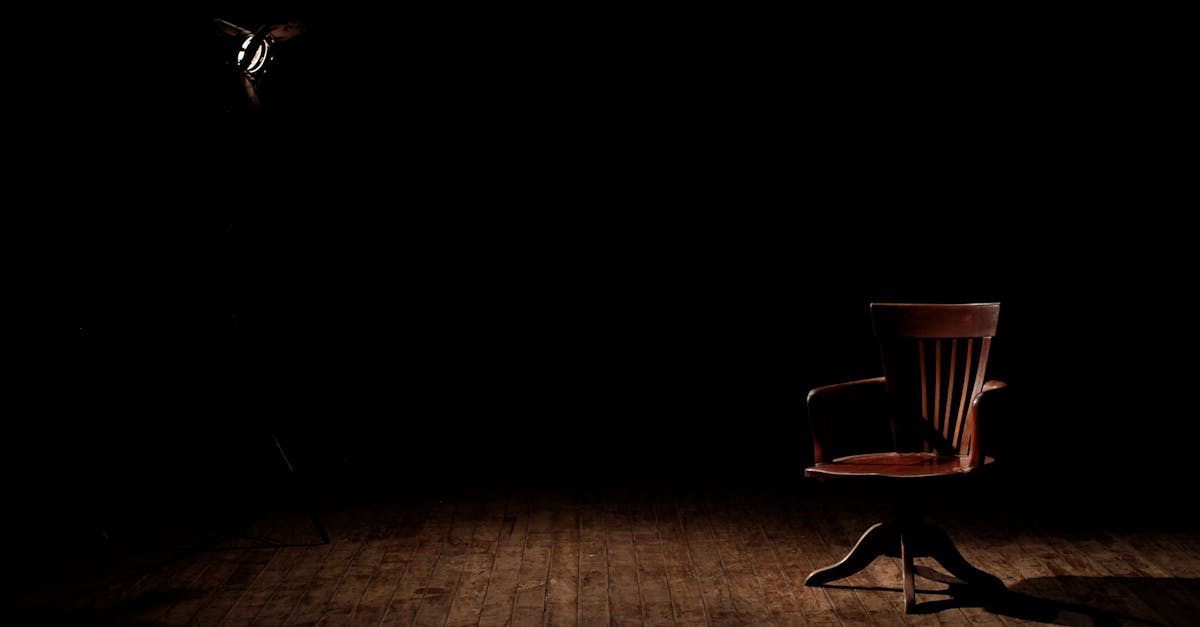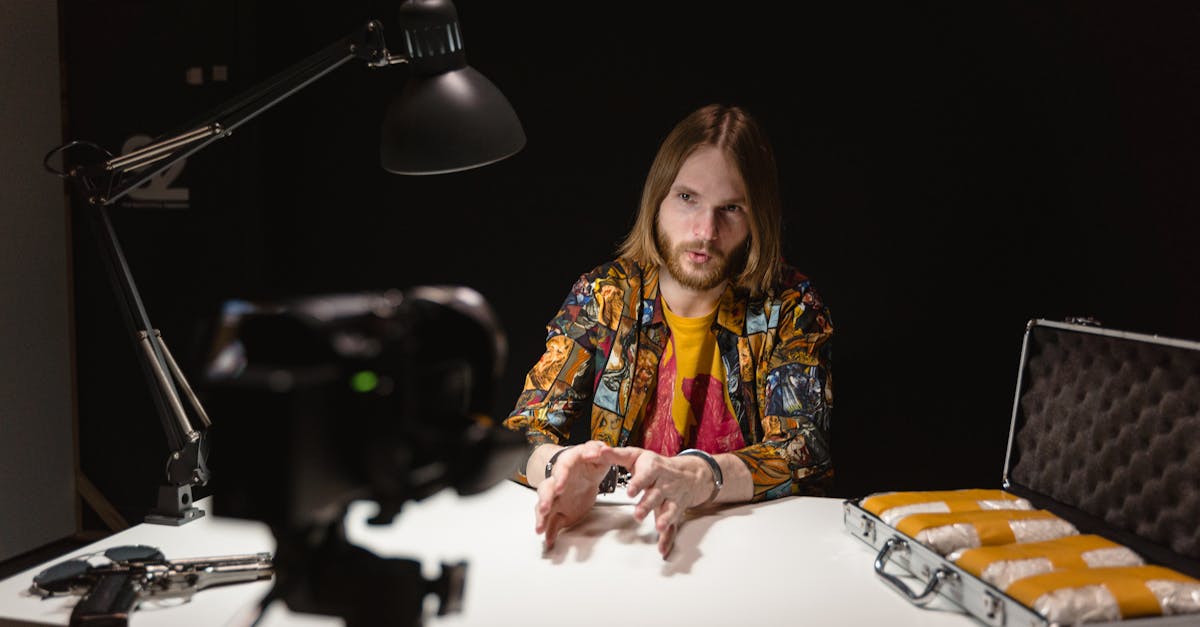Spotlighthype Lights Camera Spotlight Magic of Spotlighting
Introduction
Spotlighthype Lights Camera Spotlight is about the art of spotlighting, a technique used in diverse settings to capture attention and direct focus. This captivating practice transforms ordinary moments into extraordinary experiences. Whether used in theater, film, events, or photography, spotlighting is a pivotal tool. It illuminates subjects, enhances storytelling, and creates memorable visuals. While often subtle, the power of a spotlight can alter perceptions and evoke emotions. This article delves into Spotlight's multifaceted role across different arenas.
Advertisement
Spotlighting in Theatre
Theater is perhaps the most iconic realm where spotlighting comes into play. It serves to highlight lead characters during key scenes, ensuring audience members focus on pivotal moments. Beyond simple illumination, theatrical spotlights are tailored to create mood and tension. They can simulate time changes, weather shifts, or emotional undertones. Directors collaborate with lighting designers to craft a visually compelling narrative. A carefully placed spotlight can elevate a performance, transforming it into an immersive experience for audiences.
Advertisement
Cinematic Spotlighting
In cinema, spotlighting is more than just illuminating actors; it's a storytelling device. Cinematographers use selective lighting to convey themes and moods. A soft focus spotlight might create an intimate scene, while harsh lighting can cast dramatic tension. The clever use of shadows and light pulls viewers deeper into the story, offering visual cues that words might not convey. From classic noir films to contemporary blockbusters, spotlighting remains integral in shaping cinematic aesthetics and atmosphere.
Advertisement
Event Spotlighting
Spotlighting in live events, such as concerts and award shows, enhances ambience and focus. It guides the audience's attention seamlessly as performers move across the stage. Event spotlighting varies from vivid and flamboyant displays to subtle and ambient lighting. Technicians synchronize lights with music, dance, and multimedia to create exhilarating spectacles. Besides visual enhancement, spotlighting at events establishes hierarchy, ensuring everyone knows where to look at critical moments.
Advertisement
The Role of Spotlighting in Photography
Spotlighting in photography emphasizes specific elements of a composition, drawing the viewer’s eye. Photographers leverage it to highlight details, textures, and colors that might otherwise be lost. Controlled lighting can turn mundane shots into artistic expressions. In portrait photography, spotlighting enhances facial features, creating depth and character. Additionally, event photographers employ spotlights to capture candid moments without intrusive flashes, preserving the spontaneity of live interactions.
Advertisement
Architectural Spotlighting
Beyond performance arts, spotlighting plays a significant role in architecture. It accentuates buildings’ unique designs and features, such as façades, entryways, and statues, by drawing attention to their forms. Outdoor lighting enhances architectural aesthetics, transforming nighttime cityscapes. Designers use spotlights to create inviting entries, highlight statement pieces, and even guide pedestrian traffic. Architectural spotlighting extends the use of space beyond functionality, intertwining artistry with engineering.
Advertisement
Spotlighting in Public Speaking
Public speaking and presentations rely on spotlighting to command the audience’s attention. It highlights the speaker amidst distractions, ensuring that the focus remains on the message. Spotlighting can indicate a change in topic or signify important points. Whether in a cozy seminar or a vast conference hall, strategically placed lights add professionalism and clarity. It underscores non-verbal cues, helping speakers connect with their audience more effectively.
Advertisement
Innovation in Spotlighting
Spotlighting technology has evolved significantly, driven by advancements in LED and intelligent lighting systems. Modern lights offer various colors, brightness levels, and movement options controlled via sophisticated software. New inventions include energy-efficient spotlights that produce less heat and automated systems that follow performers around the stage. This evolution allows greater creativity in designing spatial experiences. As technology progresses, spotlighting continues to innovate, expanding its applications and impact.
Advertisement
Spotlighting Ethics and Perception
Despite its many benefits, spotlighting also raises ethical questions regarding privacy and attention. In media and events, it's crucial to use lighting ethically to avoid undue emphasis on individuals or topics. Controlled spotlighting should enhance the narrative and remain true to its purpose without being invasive. Audience perception can be influenced easily, so responsible use upholds integrity in storytelling and presentation. Thoughtful spotlighting reinforces the intended message while respecting social norms and boundaries.
Advertisement
Summary and Conclusion
Spotlighthype Lights Camera Spotlight sheds light on spotlighting's influence in diverse arenas, from theater to public speaking. This powerful tool enriches experiences, draws focus, and transforms environments. As technologies evolve, spotlighting adapts and innovates, offering ever-new possibilities. Nonetheless, ethical considerations remain paramount in its application, balancing creativity with respect for subjects and audiences. Knowing how to effectively harness spotlighting can turn ordinary moments into unforgettable highlights.
Advertisement
